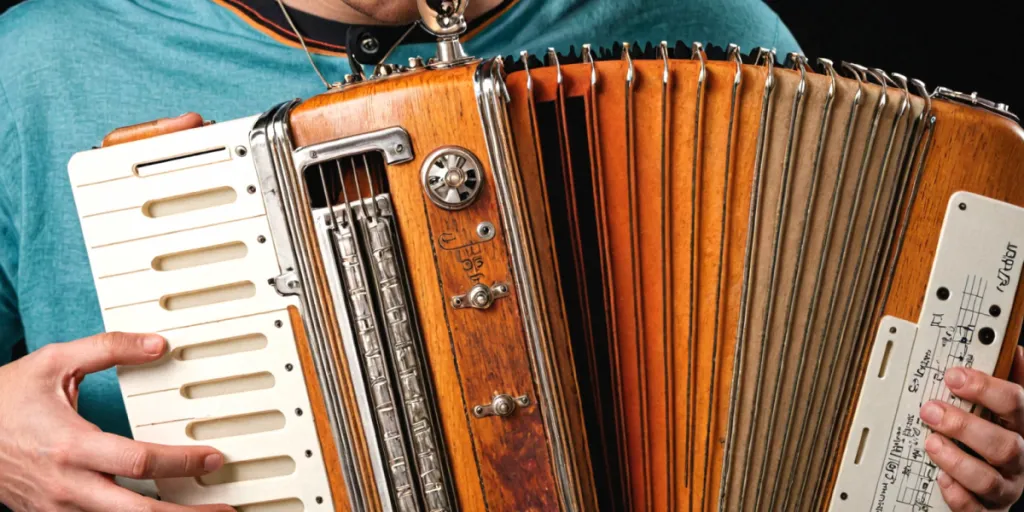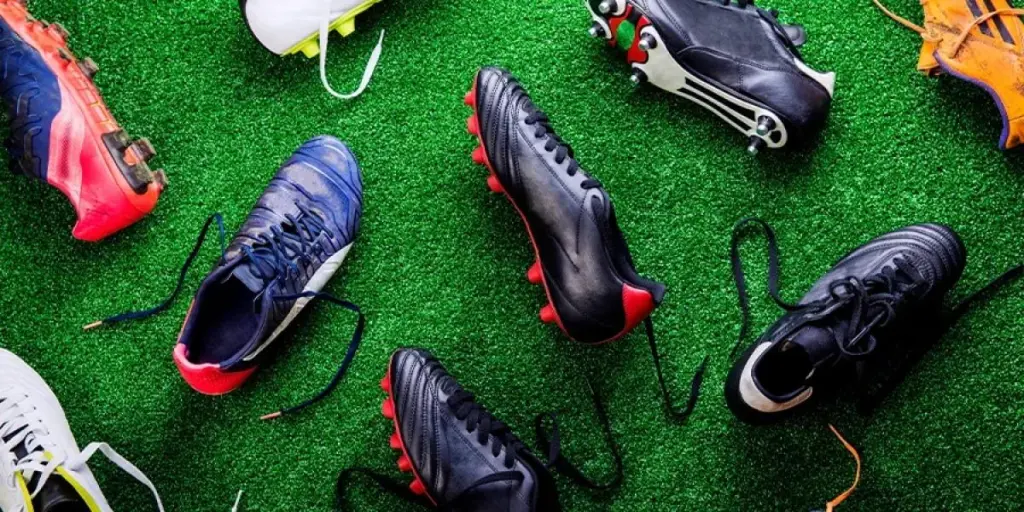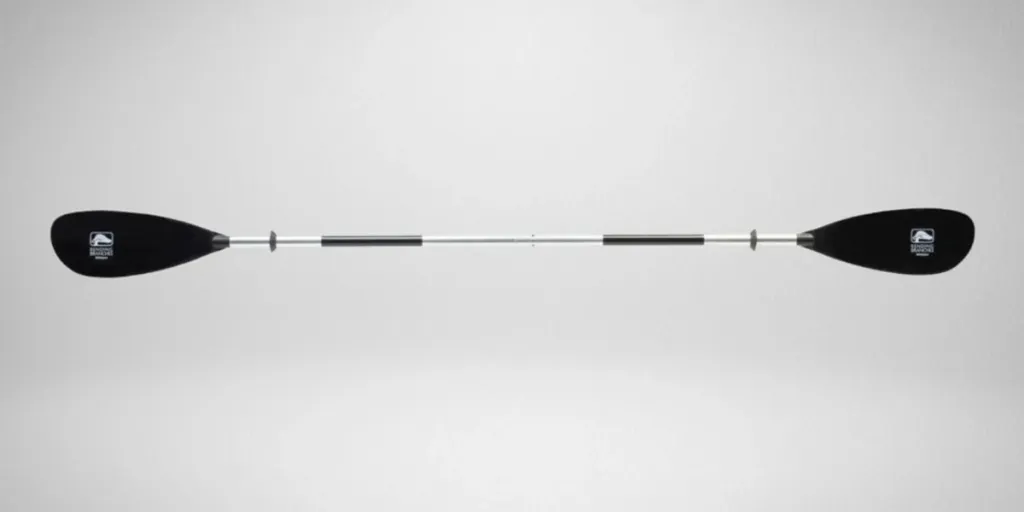Table of Contents
● Introduction
● Accordion Market Overview
● Key Considerations of Selection
● Conclusion
Introduction
The accordion, with its rich, melodious sound and cultural significance, continues to enchant musicians worldwide. As we navigate through 2024, the selection of the right accordion becomes increasingly important, reflecting advancements in technology, craftsmanship, and musical styles. The data has shown more and more online retailers have begun to step into the musical industry. This guide is designed to assist business professionals and online retailers in understanding the nuances of accordion selection, ensuring musicians find an instrument that resonates with their artistic vision and technical requirements.
Accordion Market Overview
The global accordion market is witnessing a renaissance, fueled by a resurgence in folk and traditional music, alongside its growing popularity in contemporary genres. With a projected Compound Annual Growth Rate (CAGR) of approximately 3.2% from 2023 to 2028, the industry is thriving. The market, valued at approximately USD 1.1 billion in 2023, is set to expand as demand for both beginner and professional models increases. This growth is supported by innovations in accordion design, materials, and digital integration, making the instrument more accessible and appealing to a broader audience. Key players in the market include Hohner, Roland, and Giulietti, which continue to dominate through quality craftsmanship and technological advancements.
Key Considerations of Selection
Skill Level and Accordion Type
Beginners: Piano Accordions
For those just starting their musical journey, piano accordions are highly recommended due to their straightforward keyboard layout, mirroring that of a piano, which makes learning to play more intuitive. Beginners should consider smaller, lighter models with fewer bass buttons (ranging from 12 to 72 bass buttons) to ease the learning process. These models are not only easier to handle but also help in focusing on mastering the basics without the complexity of managing a vast array of buttons.

Intermediate Players: Button Accordions
As players progress, button accordions become an attractive option due to their compact design and the chromatic button system. This type of accordion allows for a more extensive range of notes and chords in a smaller space compared to piano accordions, making them suitable for exploring a wider array of musical styles, including folk, jazz, and classical music. Intermediate players often benefit from the increased versatility and the opportunity to develop their skills in finger dexterity and coordination.
Professionals: Converter Accordions
For advanced musicians and professionals, converter accordions offer unparalleled versatility and depth. These instruments allow players to switch between the standard Stradella bass system and a free bass system, enabling a broader repertoire, including classical and contemporary avant-garde pieces. Converter accordions are ideal for professional performance and complex compositions, offering both extensive range and nuanced control over the instrument’s sound.
Size and Weight
Compact Models:
Compact accordions are particularly suitable for beginners, younger players, or those with smaller physical frames. These models typically weigh between 8 to 15 pounds (approximately 3.6 to 6.8 kilograms), making them easier to handle and less taxing during extended periods of play. The size of these accordions often ranges from 12 to 72 bass buttons, with a smaller keyboard span to accommodate the reach of younger players or those with smaller hands. The reduced weight and size do not only contribute to comfort but also to the ease of learning, as players can focus more on technique without the added strain of managing a heavier instrument.

Full-Size Models:
Full-size accordions offer a broader range of notes and a richer, more resonant sound, making them ideal for professional performances and studio recordings. These models can weigh anywhere from 18 to 30 pounds (approximately 8.2 to 13.6 kilograms) and typically feature 120 bass buttons, providing a comprehensive range of chords and melodies. While the increased weight and size demand greater physical stamina and dexterity from the player, the enhanced musical capabilities and tonal qualities of full-size models are unmatched. They are designed to meet the needs of advanced players who require a wide variety of sounds and the ability to perform complex compositions.
Reed Quality
Standard Reeds:
Standard reeds in accordions are typically machine-made and designed to offer a balance between sound quality and affordability. These reeds are suitable for beginners and intermediate players who are looking for a reliable sound without the investment required for professional-level instruments. Standard reeds can produce a clear and bright tone, making them ideal for learning and practicing a wide range of music genres. The durability and consistency of machine-made reeds ensure that students and hobbyists can enjoy a good playing experience as they develop their skills.
Professional Reeds:
Professional reeds are hand-made and crafted with precision to provide superior sound quality, responsiveness, and dynamic range. These reeds are essential for advanced players, professionals, and anyone seeking the highest quality sound for recordings and performances. Hand-made reeds allow for nuanced articulation and a richer, more complex sound palette. They are responsive to subtle changes in air pressure and finger dynamics, offering the player greater control over the musical expression. The craftsmanship involved in creating professional reeds results in an instrument capable of delivering the depth and texture required for professional-level music making.

Choosing between standard and professional reeds depends on the player’s level, budget, and musical aspirations. While standard reeds offer great value and a solid foundation for learning, professional reeds elevate the playing experience to the highest levels of performance and sound quality. For those committed to achieving professional standards in their music, investing in an accordion with hand-made reeds is a worthwhile consideration.
Materials and Construction
Wooden Accordions:
Wooden accordions are cherished for their warm, resonant sound that many musicians and enthusiasts associate with a traditional accordion tone. The type of wood used in the construction of an accordion plays a crucial role in its acoustic properties. Hardwoods like maple, mahogany, and walnut are commonly used for their durability and their ability to produce a bright, clear sound. The density and grain of the wood can affect the resonance and timbre, with denser woods providing a richer and more projecting tone. Wooden components are often found in the body (casing) and the reed blocks, where they contribute to the overall sound quality and aesthetic appeal of the instrument.

Plastic and Metal Components:
Modern accordions may incorporate plastic and metal components to enhance durability, reduce weight, and sometimes lower manufacturing costs. Plastic components can be found in the keyboard, buttons, and exterior finishes, offering a lightweight alternative to traditional materials. Metal is often used for the reed plates, mechanical components, and sometimes in the grille, providing structural integrity and stability. While these materials can slightly alter the instrument’s acoustic properties, advancements in manufacturing techniques have allowed for high-quality sound production. The use of these materials can make the accordion more accessible to a wider range of players, from beginners to professionals, by offering options that are easier to handle and maintain.
When considering an accordion, the choice of materials can significantly influence both the playing experience and the instrument’s sound. Traditional wooden accordions are favored for classical and folk music, where the authenticity of tone is paramount. In contrast, accordions with plastic and metal components might be preferred by traveling musicians, educators, and students for their resilience and ease of maintenance.
Additional Features
Tuning Systems:
Accordions come with a variety of tuning systems to cater to different musical genres and player preferences. Dry tuning, characterized by a clear and straightforward sound with minimal vibrato, is often preferred for classical and folk music due to its purity and clarity. This tuning allows for precise note production, essential for the intricate melodies and harmonies found in these genres. On the other hand, wet tuning, known for its rich vibrato and fuller sound, is favored in genres like musette and tango, where a more colorful and expressive sound palette is desired. The degree of wetness can vary, from slight to very pronounced, adding depth and character to the music.
Bellows Resistance:
The resistance of the bellows is a critical factor affecting the accordion’s playability and the player’s ability to control dynamics. Bellows with adjustable resistance can be tailored to suit individual playing styles and physical strengths, allowing musicians to perform with greater expression and comfort. Lower resistance may be preferred by players seeking ease of play and subtle dynamic control, while higher resistance can offer more feedback and support for forceful, energetic playing styles. This feature enables players to achieve a wide dynamic range, from soft, intimate passages to powerful, resonant fortissimos.

Electronic Integration:
For accordionists seeking versatility and the ability to integrate with digital music systems, models equipped with MIDI (Musical Instrument Digital Interface) capabilities offer a world of possibilities. MIDI accordions can control external sound modules, synthesizers, and computer-based software instruments, allowing for an expansive range of sounds beyond the traditional accordion tones. This feature is particularly appealing for contemporary musicians, composers, and performers looking to blend acoustic and electronic elements in their music. MIDI integration also facilitates recording and composition, making these accordions a powerful tool for music production.
Conclusion
Selecting the right accordion is a journey that intertwines personal preference with meticulous consideration of technical aspects. The market in 2024 presents a diverse array of options, catering to every level of expertise and musical style. By focusing on key factors such as skill level, size, reed quality, and additional features, musicians can find an instrument that not only meets their current needs but also supports their growth and evolution as artists. The best accordion is one that becomes an extension of the musician, enabling them to fully express their musicality and passion.








